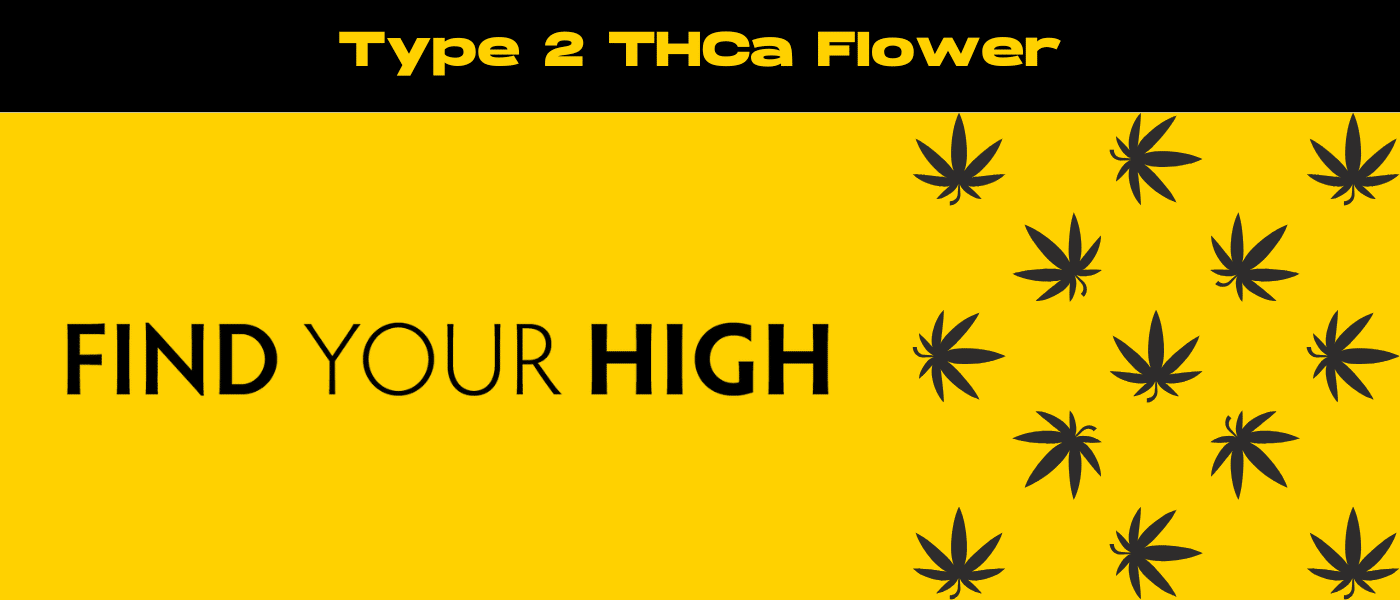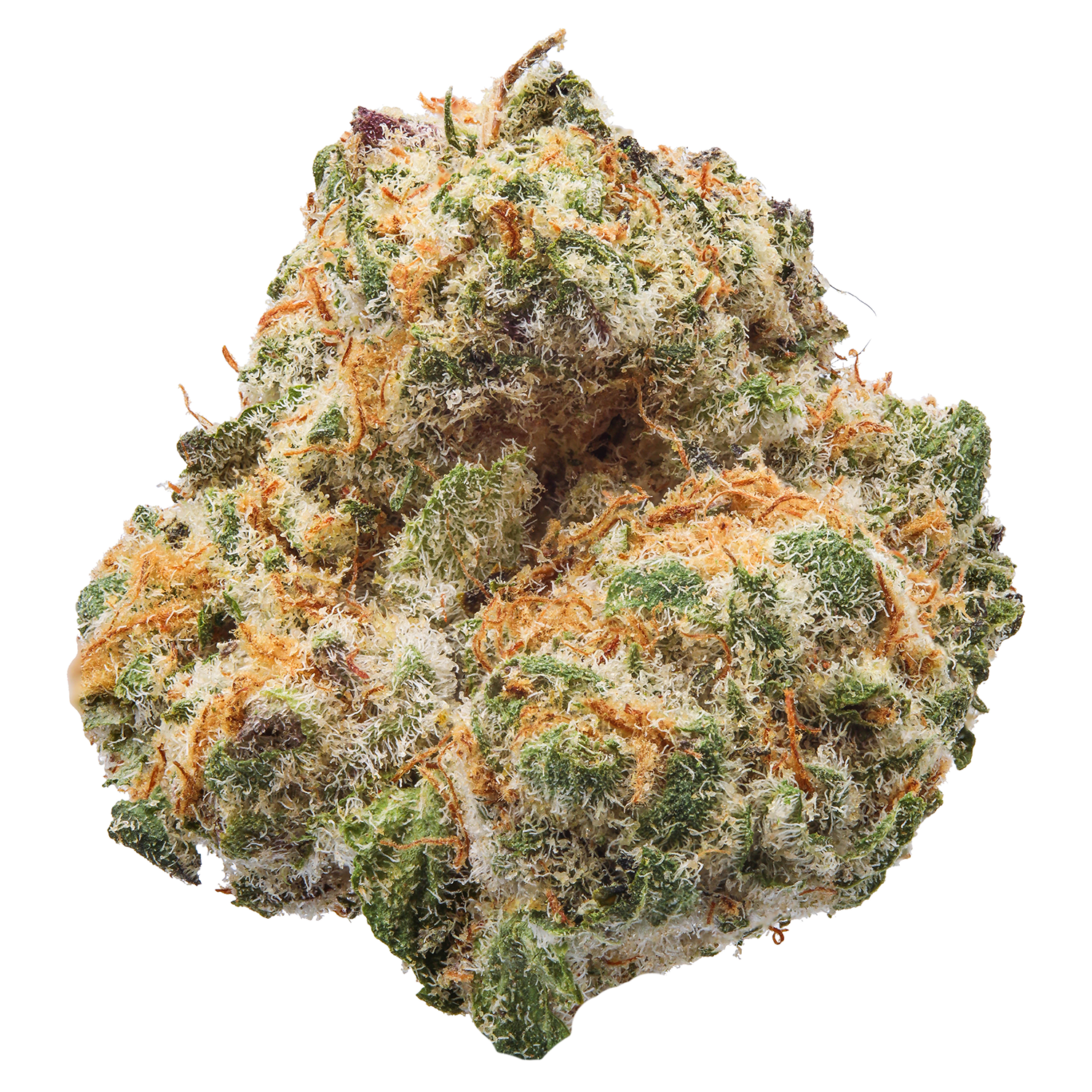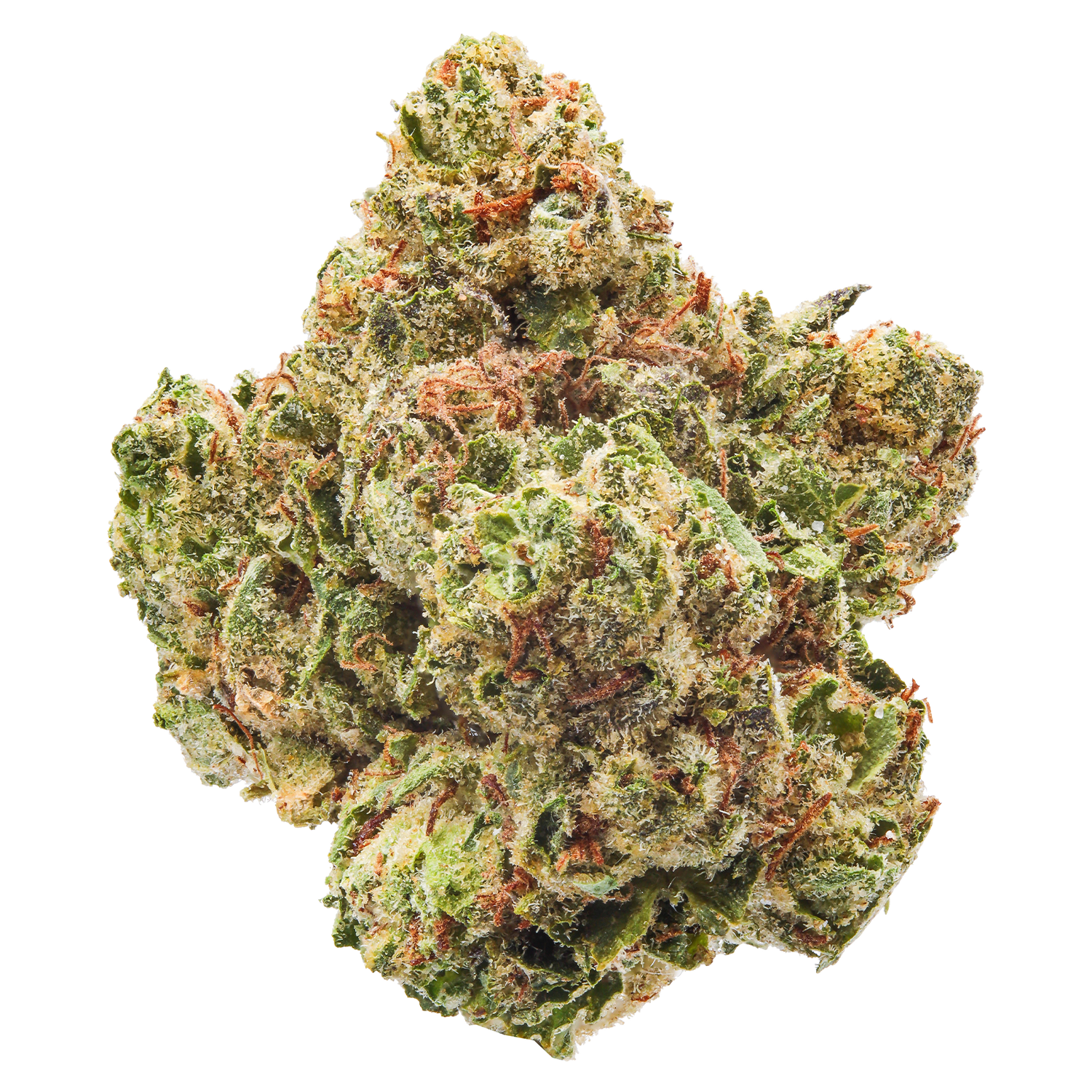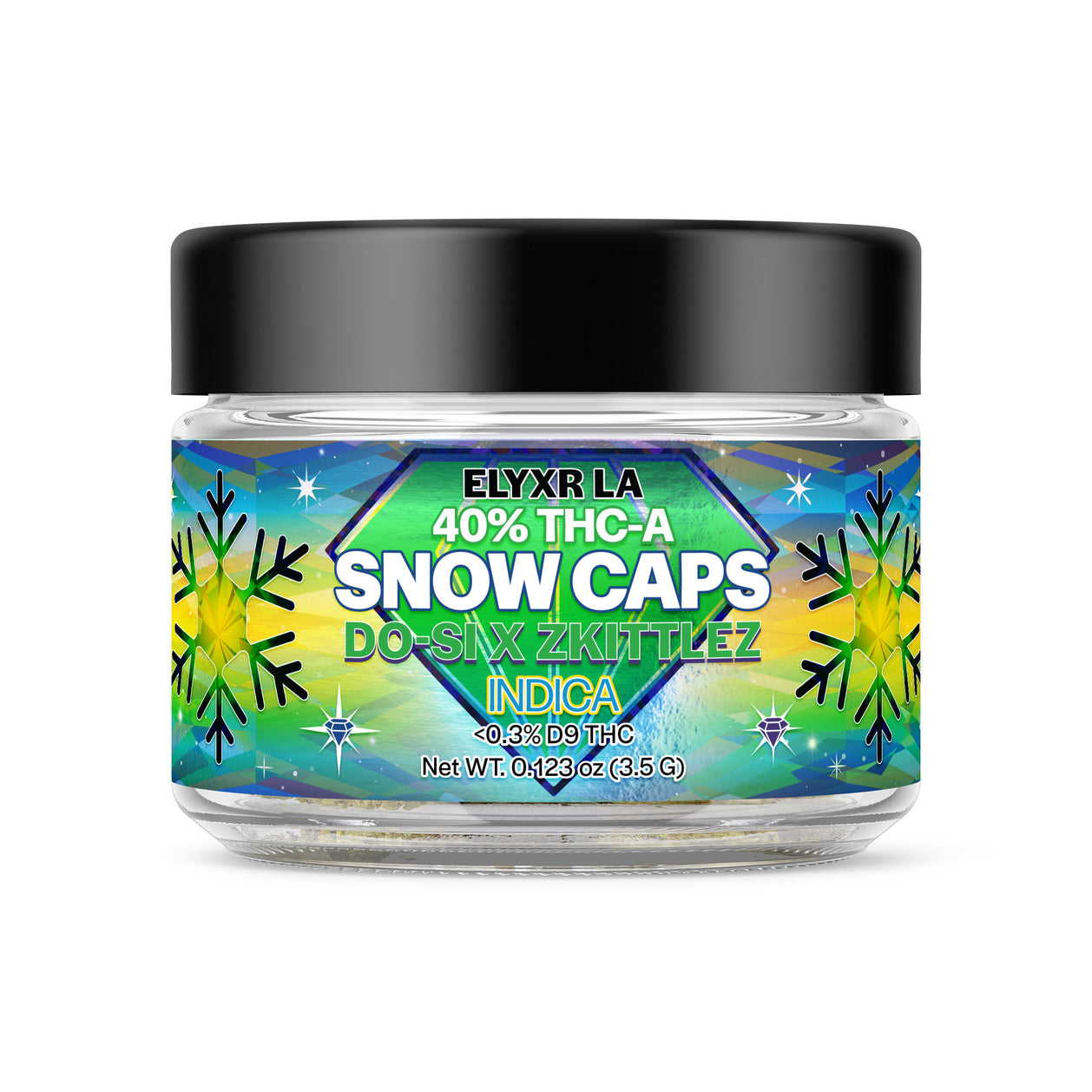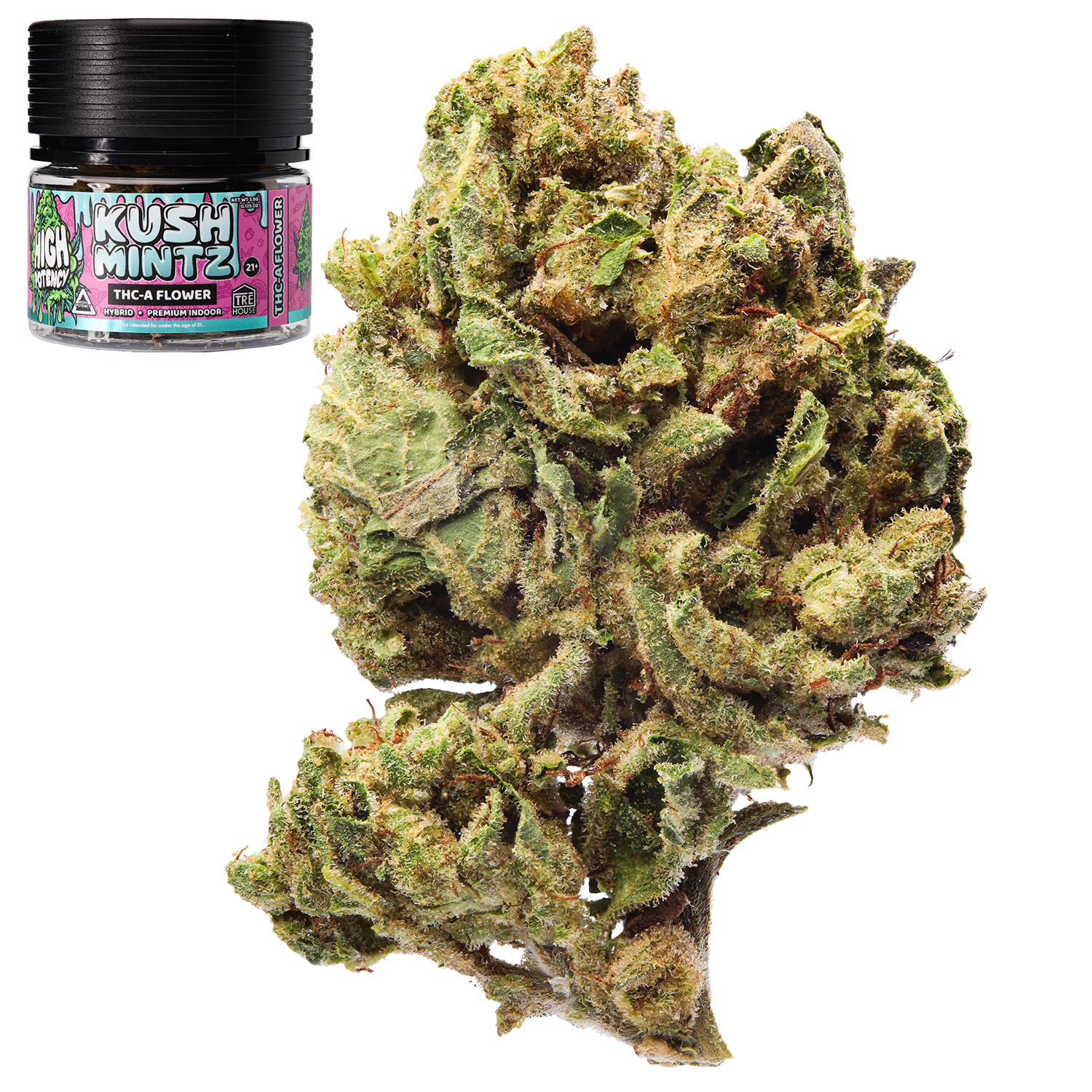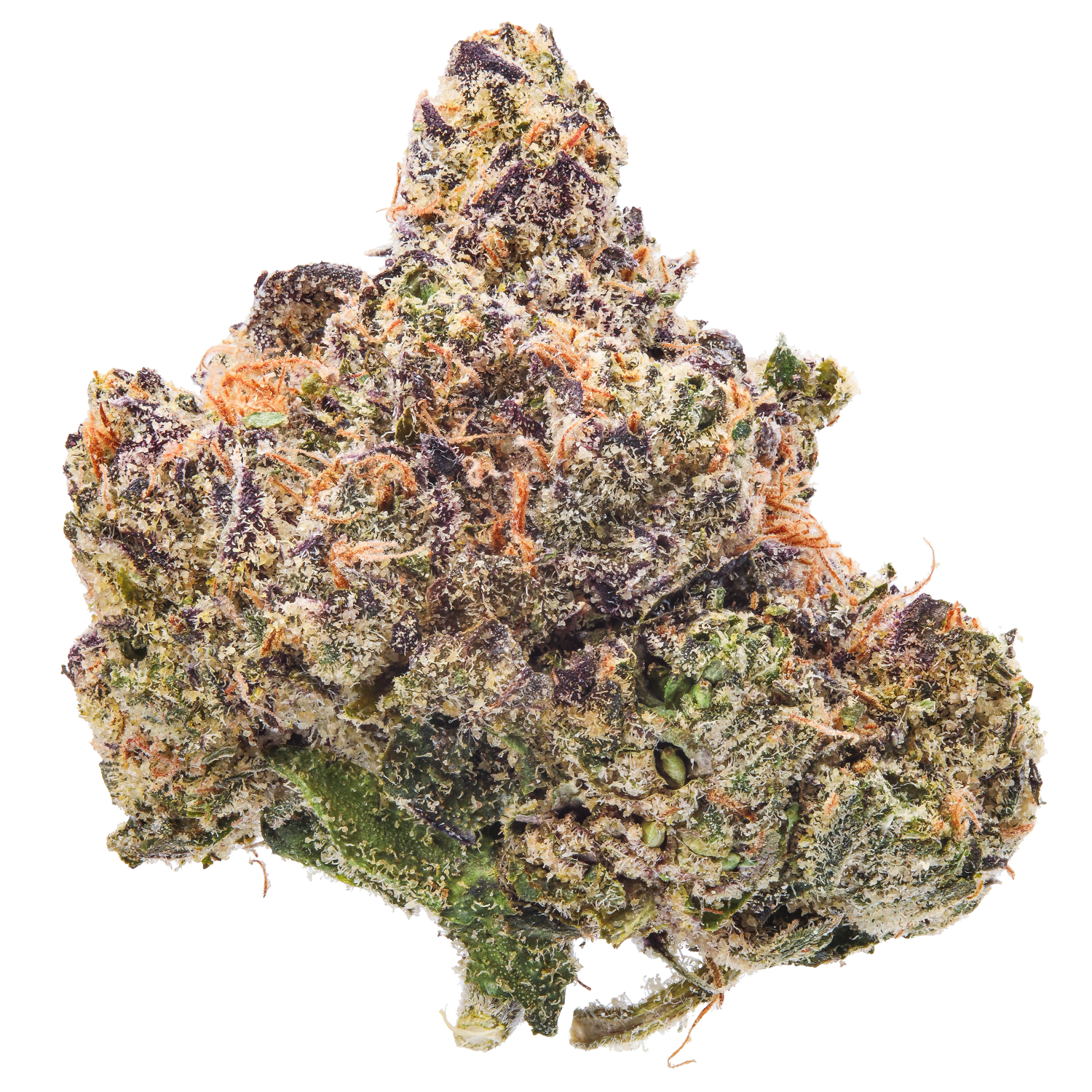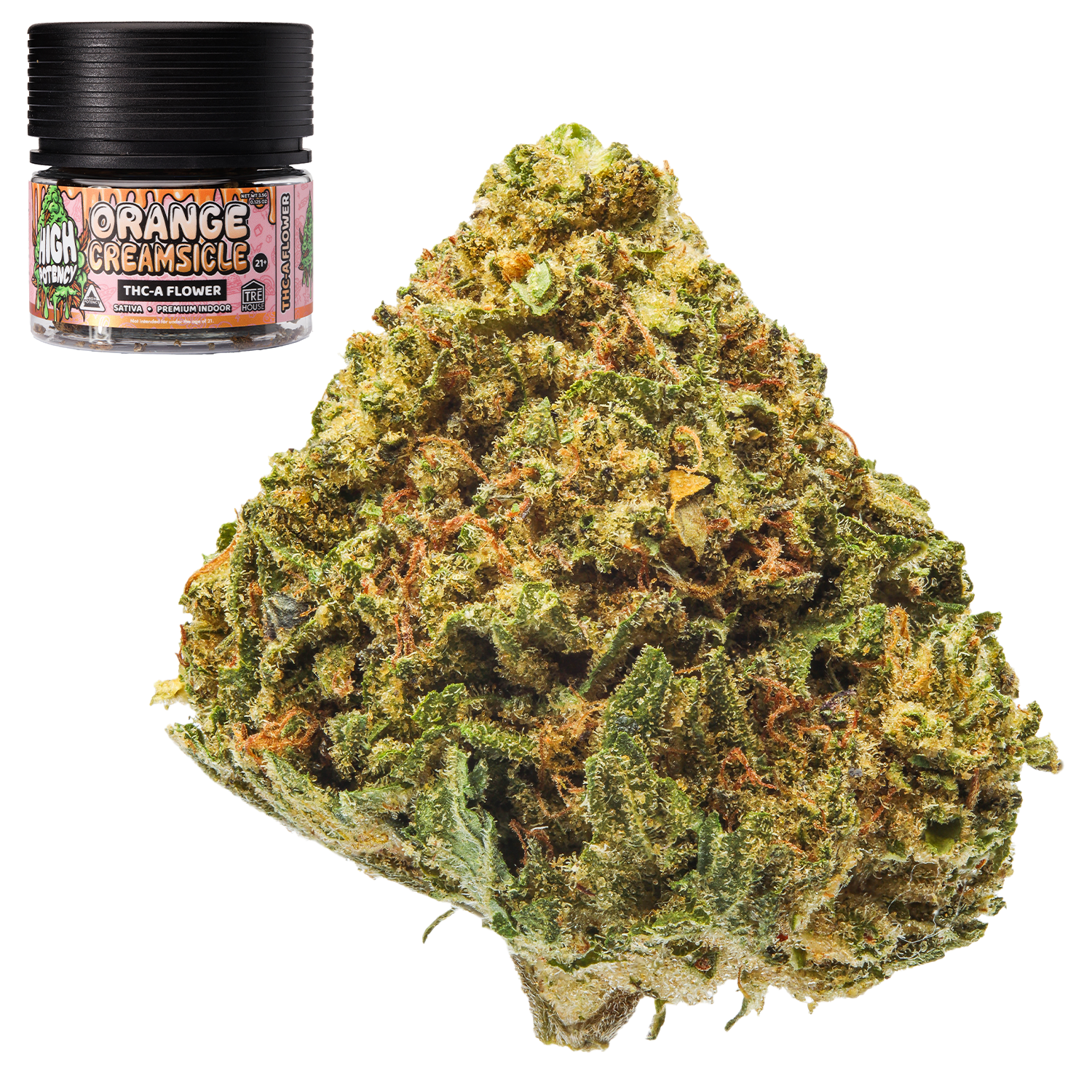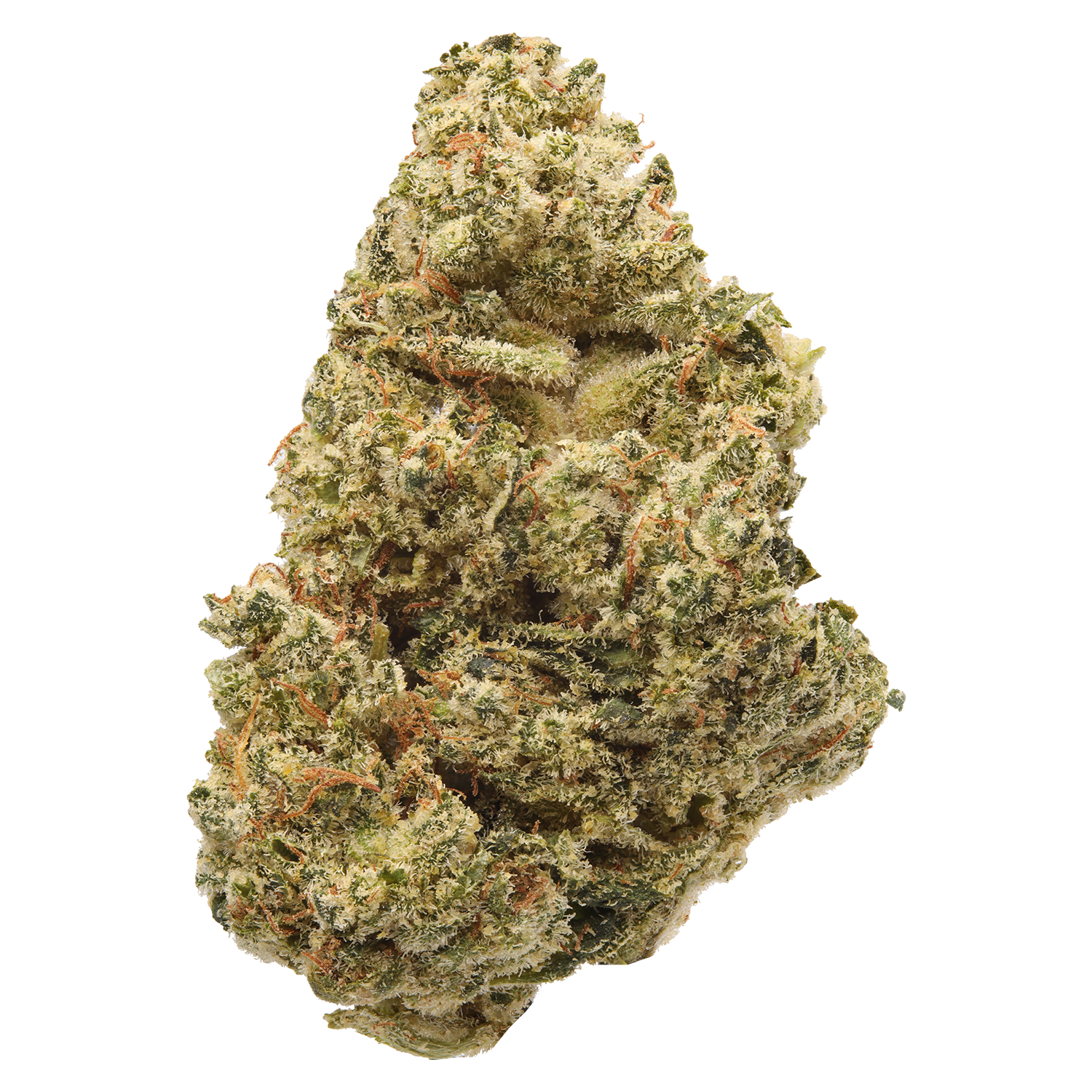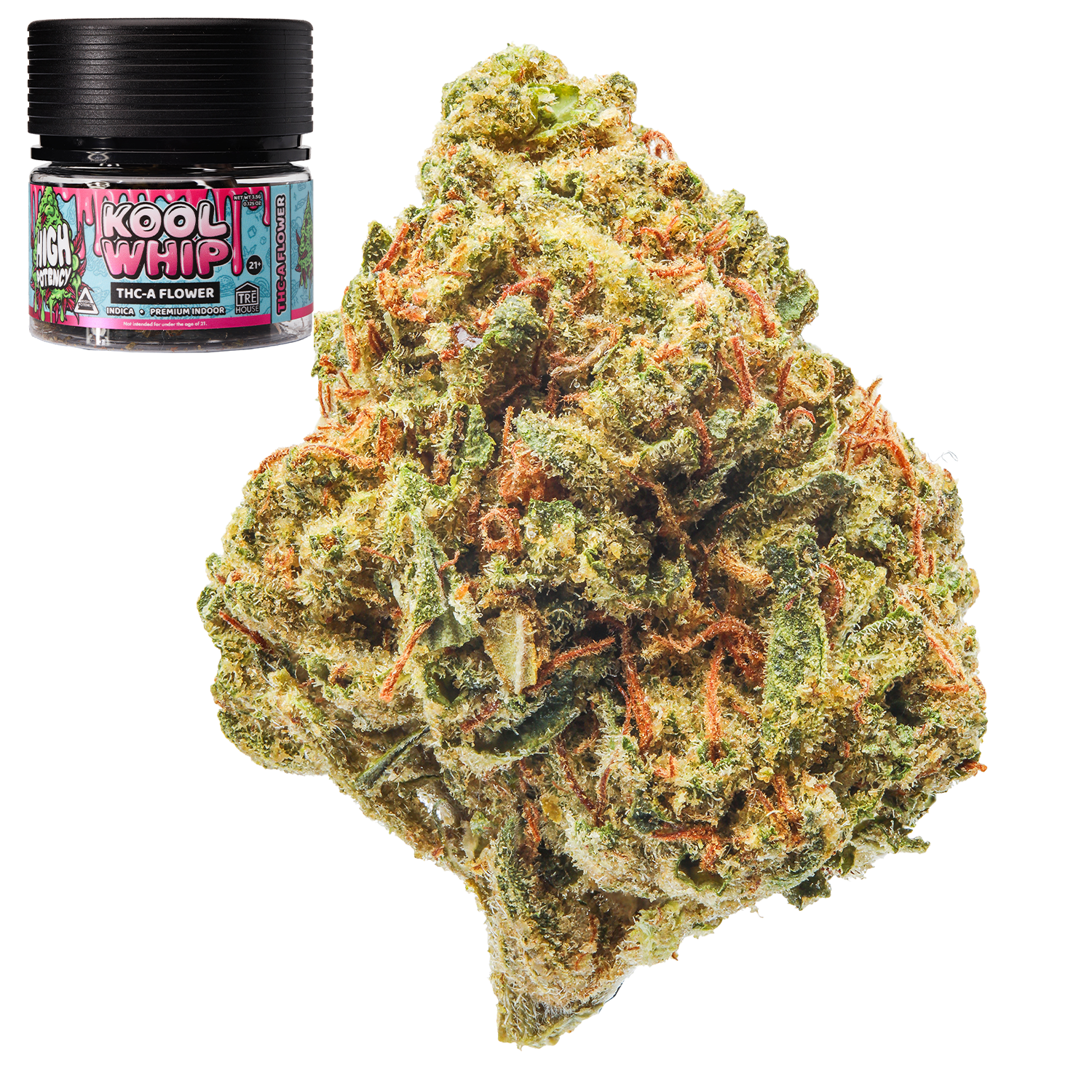In a cannabis market that’s constantly evolving, it’s easy to get caught up in the hype of high-THC strains and exotic terpene profiles. But beyond the spotlight, there’s a lesser-known, quietly powerful category that deserves attention: Type 2 THCa flower. Balancing THC and CBD in a way that creates a smoother, more nuanced experience, this chemotype is quickly carving out its space among both recreational and medical cannabis users.
So, what exactly is Type 2 THCa flower? Why is it gaining traction? And what makes it different from the rest of the flower on dispensary shelves? Whether you’re a curious first-timer, a seasoned user seeking something more functional, or a medical patient looking for balance, this guide will break it all down—clearly, thoroughly, and with just enough flair to keep things interesting.
What Is THCa?
Let’s start with the basics. THCa, or tetrahydrocannabinolic acid, is the non-psychoactive precursor to THC. It’s found in raw cannabis and only becomes the mind-altering compound we all know and (sometimes) fear when it’s exposed to heat. This conversion process—called decarboxylation—happens when you smoke, vape, or cook your flower. Without that step, THCa won’t get you high.
What makes THCa interesting is that in its raw form, it still holds potential recreational benefits. While research is ongoing, preliminary studies and anecdotal reports suggest it may have anti-inflammatory, neuroprotective, and anti-nausea properties, among others. But more importantly in the context of this blog, THCa content is now being closely examined as a federally legal loophole for products that deliver a THC-like experience without technically violating federal hemp laws—until heated, of course.
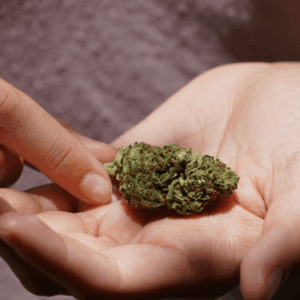
The Cannabis Chemotype Spectrum: Type 1, Type 2, and Type 3 Explained
Cannabis plants can be divided into three chemotypes based on their cannabinoid ratios. These aren’t marketing terms—they’re classifications backed by science.
- Type 1: High THC, low CBD. These strains dominate recreational markets and are known for their strong psychoactive effects.
- Type 2: Balanced THC and CBD. This is our focus. These strains offer a more even-keeled experience.
- Type 3: High CBD, low THC. Commonly referred to as “hemp flower,” these strains are often used for therapeutic purposes with minimal intoxication.
Type 2 hemp flower sits right in the middle. Instead of swinging to extremes, it embraces balance. This allows it to offer the mood-elevating benefits of THC with the calming, buffering effects of CBD. As cannabis consumers become more educated and intentional, this in-between option is starting to shine.
What Makes Type 2 THCa Flower Unique?
What sets Type 2 THCa flower apart isn’t just its chemical makeup—it’s how that balance translates into real-world effects. Type 2 flower typically features a nearly 1:1 ratio of THCa to CBDa (the acidic precursor to CBD). Once activated by heat, that means you get a relatively equal amount of THC and CBD in your system.
That combo leads to a high that’s smoother, more clear-headed, and generally less overwhelming. Many users report feeling elevated without spiraling into anxiety or couch-lock. Others describe it as “functional cannabis”—perfect for socializing, working, or simply relaxing without going full stoner mode. And because of its cannabinoid synergy, Type 2 flower may also provide amplified therapeutic benefits, making it appealing for wellness-minded consumers.
In a world obsessed with high THC percentages, Type 2 reminds us that more isn’t always better. Sometimes, it’s all about the mix.
How Type 2 Flower Compares to High-THC and High-CBD Strains
To really appreciate Type 2 THCa flower, it helps to see how it stacks up against the more familiar Types 1 and 3. High-THC flower (Type 1) delivers potent cerebral effects—great for seasoned users chasing intensity, but often too much for beginners or those with sensitivity to THC. On the flip side, high-CBD flower (Type 3) doesn’t get you high at all but offers a range of potential therapeutic effects, from anxiety relief to anti-inflammation.
Type 2 flower bridges that gap beautifully. It creates a middle-ground experience where users can feel uplifted, present, and comfortable without getting overwhelmed. It’s especially useful for:
- Individuals who want some euphoric effects but dislike the paranoia or racing thoughts THC can sometimes cause
- Medical patients who need relief from multiple symptoms but still want to stay productive
- People who want to microdose cannabis for mood and focus without full intoxication
It’s less about blasting off and more about finding a steady cruise altitude.
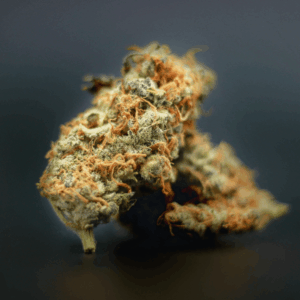
Effects and Benefits of Type 2 THCa Flower
Thanks to its balanced ratio of THCa and CBDa, Type 2 flower offers a unique experience that’s both therapeutic and mildly psychoactive. Once heated, the THCa converts to THC and delivers euphoric effects—but the presence of CBD helps modulate that high, making it more grounded.
Some of the most commonly reported effects include:
- Gentle euphoria without overwhelming intoxication
- Mental clarity and calm
- Reduced anxiety and racing thoughts
- Physical relaxation and mild pain relief
- Enhanced mood and creativity
Therapeutically, this makes Type 2 hemp flower attractive to patients dealing with conditions like chronic stress, mild pain, inflammation, mood imbalances, and even PTSD. CBD’s ability to counteract some of THC’s more intense effects also makes it an excellent option for people who are THC-sensitive or prone to cannabis-induced anxiety.
The presence of terpenes—aromatic compounds that contribute to the plant’s smell and effects—can further enhance these benefits, especially when they interact with cannabinoids in what’s known as the entourage effect.
Legal Status of Type 2 THCa Flower
Here’s where things get a little tricky. Under the 2018 Farm Bill, hemp is defined as cannabis with less than 0.3% delta-9 THC on a dry weight basis. That wording has opened the door for high-THCa hemp flower to legally exist—as long as the THCa hasn’t been converted to delta-9 THC through heat.
Because THCa isn’t intoxicating in its raw state, many Type 2 flowers with balanced THCa and CBDa levels can qualify as legal hemp—until someone lights it up. This legal gray area has led to an explosion in the sale of high-THCa cannabis products online and in states where cannabis hasn’t been fully legalized.
However, laws vary by state. Some states have caught on and started regulating THCa-rich hemp products more tightly. Always check your local laws before purchasing or using Type 2 THCa flower. And remember: once you apply heat and convert THCa into THC, it’s treated like cannabis, not hemp.
How to Use Type 2 THCa Flower
Using Type 2 flower isn’t much different from how you’d use any other cannabis strain—but your experience will depend on how you consume it.
- Smoking or Vaping: These methods activate THCa into THC, giving you a mild but noticeable high, tempered by CBD.
- Raw Consumption (Juicing): If you want the benefits of THCa and CBDa without intoxication, consuming raw cannabis is an option—though it’s not always pleasant in taste or texture.
- Edibles: You can infuse flower into butter or oil, but be sure to decarboxylate first to convert THCa into active THC.
- Dabbing (for concentrates): If you have access to Type 2 concentrates, dabbing offers a fast-acting method with strong effects.
Start with low doses if you’re new to cannabis or not sure how your body will respond to the 1:1 non psychoactive cannabinoid ratio.
Who Is Type 2 Flower Best For?
Type 2 flower is ideal for people seeking a tailored cannabis experience without tipping too far in either direction. It’s a strong match for:
- New users who want to ease into THC
- Seasoned users looking for more control and functionality in their high
- Medical patients managing multiple symptoms
- People with THC sensitivity, such as those prone to anxiety or mental fog
- Anyone interested in the full-spectrum cannabis experience, without the extremes
Essentially, it’s the cannabis version of a well-balanced cocktail—not too strong, not too weak, just right.
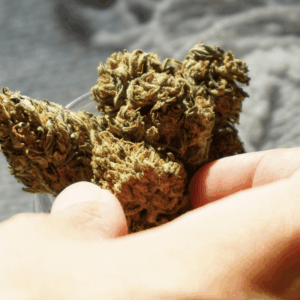
How to Shop for Type 2 THCa Flower
Finding true Type 2 flower takes more than reading a flashy label. Here’s what to look for:
- Certificate of Analysis (COA): Look for a cannabinoid profile showing near-equal amounts of THCa and CBDa—typically around a 1:1 ratio.
- Reputable Vendors: Always buy from brands that provide third-party lab testing. Transparency is key.
- Terpene Content: Terpenes like myrcene, limonene, and linalool can influence the strain’s effects and are worth checking.
- Strain Names: Some known Type 2 genetics include Cannatonic, Dancehall, Harlequin, and Sweet and Sour Widow.
- Avoid Mislabeled Products: Be cautious of hemp-derived products labeled “Type 2” that don’t show balanced cannabinoid content. Not all flower marketed this way is truly Type 2.
Doing your homework pays off—especially when you’re investing in a product known for its subtlety and synergy.
Final Thoughts: The Rise of Balanced Cannabis Strains
In an industry obsessed with extremes—sky-high THC levels, super rare genetics, or ultra-pure isolates—Type 2 THCa flower is a refreshing reminder that balance is beautiful. With its even ratio of THC to CBD, it offers users a middle path: something that can elevate without overwhelming, relax without sedating, and heal without numbing.
As consumers become more intentional about what they put in their bodies, we predict a growing spotlight on balanced strains like these. They speak to wellness, mindfulness, and customization—three trends that are shaping the future of cannabis. But don’t forget, they DO show up on a drug test!
So whether you’re chasing therapeutic relief, a gentle buzz, or simply a new kind of cannabis experience, Type 2 THCa flower might be your new favorite go-to. And now that you know what to look for, you’re ready to explore this underrated gem with confidence.
Frequently Asked Questions
1. What is type 2 THCA flower?
Type 2 THCA flower is a cannabis chemotype that contains a near-equal balance of THCA and CBDA—the acidic precursors to THC and CBD. When heated, THCA converts into THC to produce psychoactive effects, while CBD helps smooth out the experience. It’s a middle-ground flower that offers both euphoria and therapeutic relief without overwhelming intensity.
2. Will THCA flower get me high?
Yes—if it’s heated. Raw THCA is non-psychoactive, but once it’s decarboxylated (via smoking, vaping, or cooking), it turns into THC, which can produce a high. However, in Type 2 flower, the presence of CBD can mellow out the high, leading to a more balanced and manageable experience compared to high-THC strains.
3. Which THCA flower is the strongest?
“Strongest” can mean different things depending on what you’re looking for—THC potency, terpene content, or overall effects. In terms of raw THCA percentage, Type 1 flower typically has the highest THCA levels, making it the most potent when activated. Type 2 flower isn’t about raw power—it’s about balance. That said, some Type 2 strains like Harlequin or Cannatonic still pack a solid punch while offering smoother effects thanks to their CBD content.
4. What is the difference between Type 2 and Type 3 flower?
The main difference lies in cannabinoid content:
- Type 2 flower has a balanced ratio of THCA and CBDA (roughly 1:1), offering mild psychoactivity with therapeutic effects that produce great daytime strains.
- Type 3 flower is high in CBD and very low in THC or THCA, meaning it won’t get you high even when heated. It’s often referred to as hemp flower and is commonly used for anxiety, inflammation, or general wellness.
If you’re looking for a light buzz and functional relief, Type 2 is your go-to. If you want strictly non-intoxicating potential therapeutic benefits, stick with Type 3.




